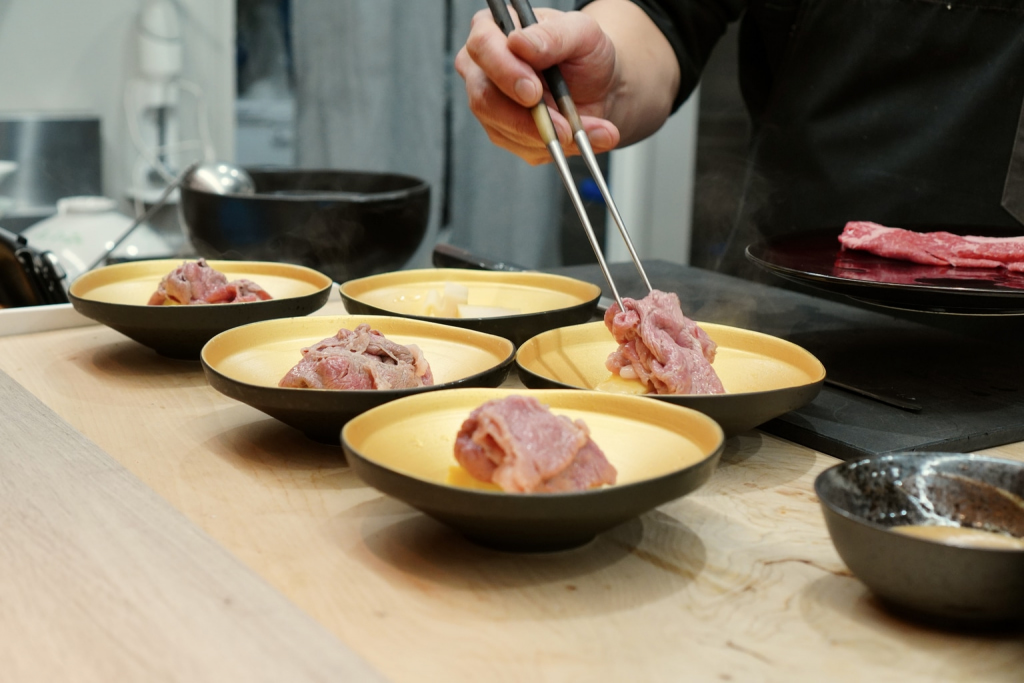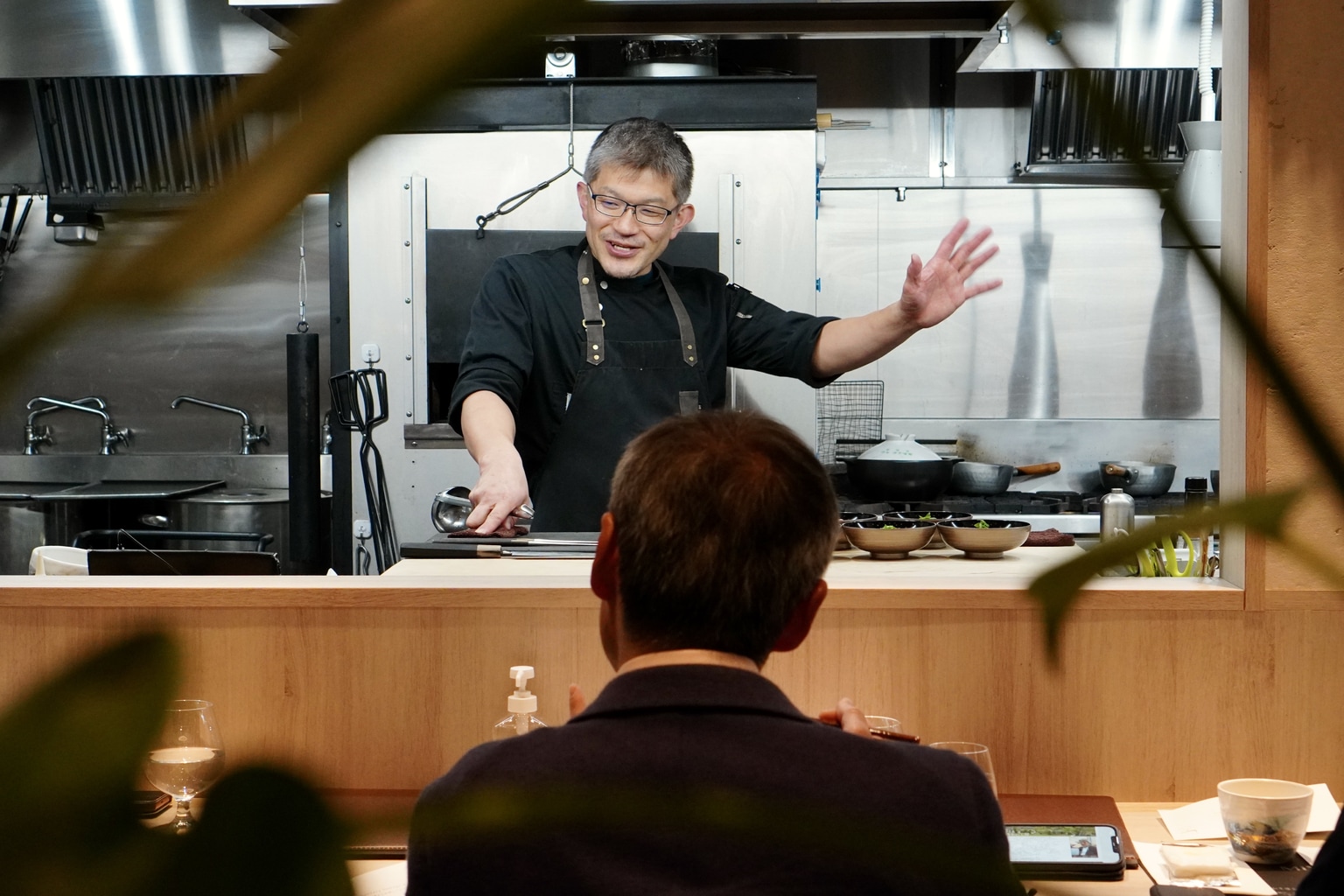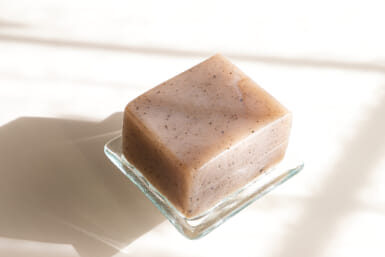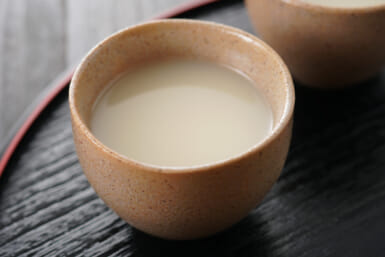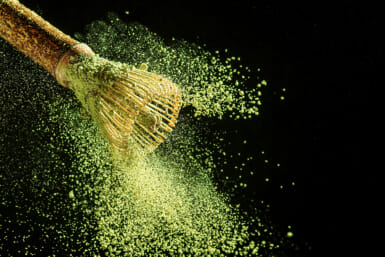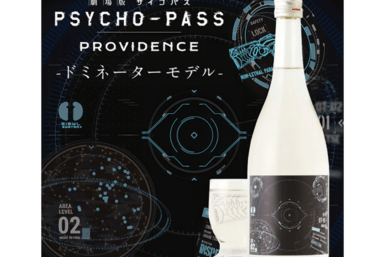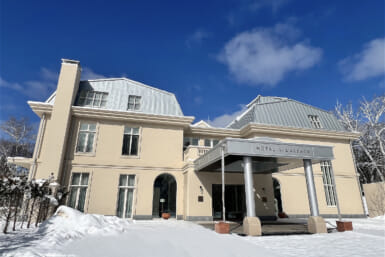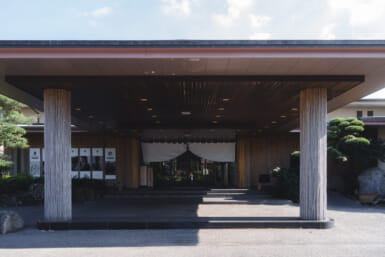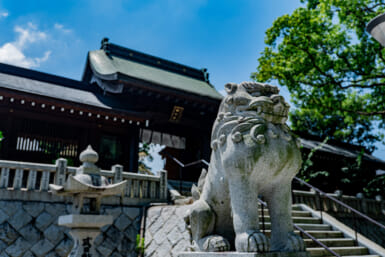In an unsuspecting corner of Miyazaki near Yamauchi River is Miyazaki Dining Innovation. It is here that Kazuhisa Nakao runs three different restaurants under the same roof.
After working as the chef for the Ambassador of Japan in Hong Kong and later as a chef in Bali, Nakao has tirelessly sought out new ways to cook Japanese cuisine. In his simply decorated, chic restaurant, we asked Nakao about his journey and how he wants to change Miyazaki cuisine.
How did you get into cooking?
When I was in elementary school, there was this girl I liked and the food she made for me was delicious. I wanted to cook something for her in return. That’s when I became interested in cooking.
What was it like working for the Japanese ambassador in Hong Kong?
The Ambassador’s Residence was on a mountain, so doing the shopping for events was a challenge. Climbing a steep slope with dozens of beer and wine bottles served as great strength training, though.
Other than cooking for regular meals and events, I was free to do as I pleased. When there were no events, after the ambassador’s family finished dinner, I would go out drinking with friends, or continue to study cooking with friends in the field. Thanks to the kindness of the ambassador and his family, life in Hong Kong was a lot of fun.
While you were in Hong Kong and Bali what kind of food did you cook? Were you inspired by the local ingredients?
At the time, there weren’t many Japanese ingredients in Bali. Even when I found them, they were five to 10 times more expensive than in Japan. So, I made a variety of things myself, such as miso, soy sauce, natto and udon. I used as many Bali vegetables as possible in my cooking, which is something you wouldn’t find in regular Japanese cuisine.
In Hong Kong, I had no difficulty finding ingredients because the selection was even wider than in Japan. It was easy to get my hands on ingredients from all over the world.
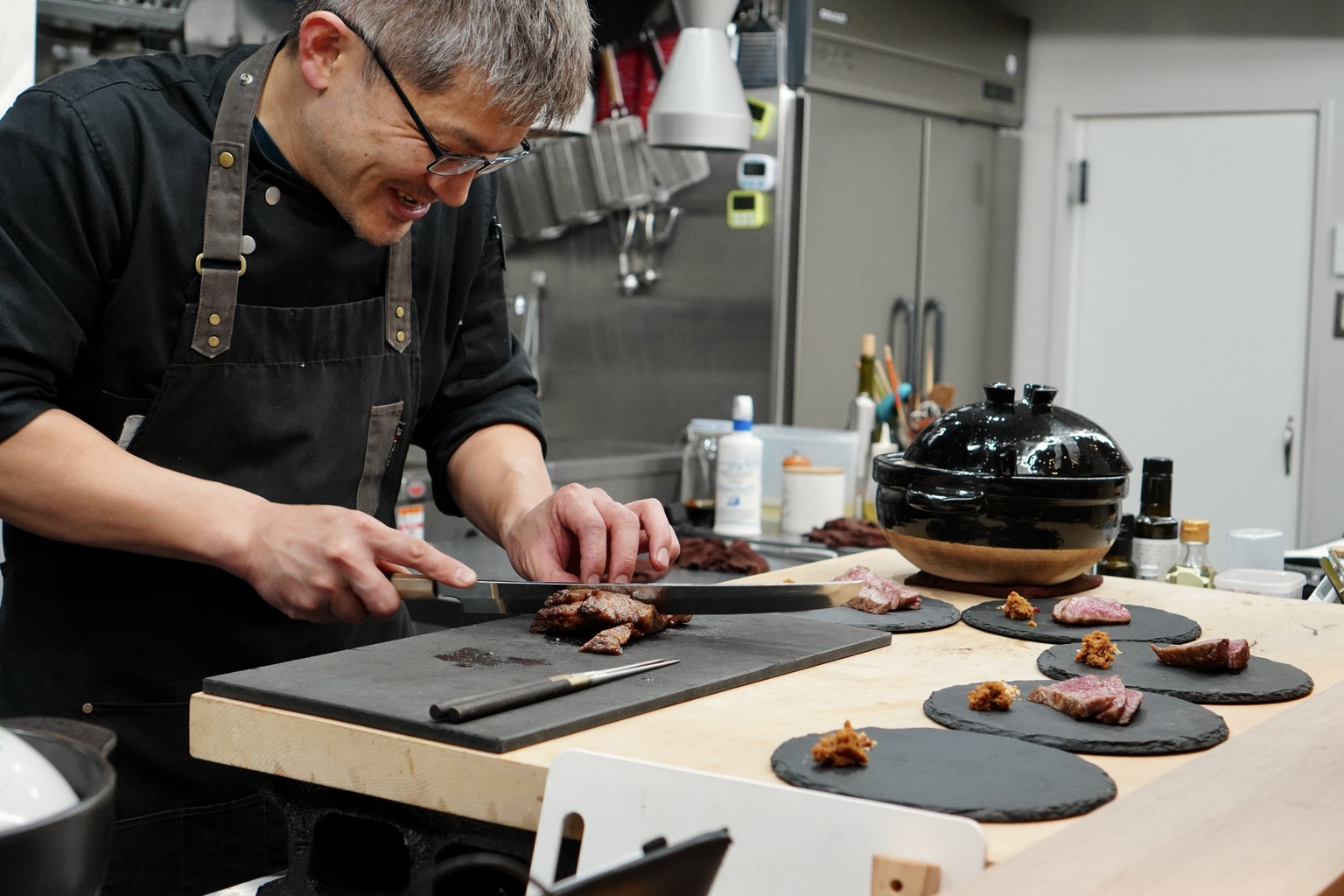
What made you decide to come back to Japan and start a restaurant?
Because my family is in Japan. If I’m being honest, I’d like to open a restaurant abroad, it sounds like a lot of fun.
How do you implement what you’ve learned abroad at your restaurant in Miyazaki?
I don’t, really. In Japan, particularly in Miyazaki, there aren’t many people who understand the cuisine I want to create. Since there isn’t a big audience for it, it wouldn’t be good business if I tried to only serve that kind of food. So, I only make dishes based on my previous experience abroad when requested.
It’s unusual to see a (steak) sandwich on the menu of such a high-caliber restaurant. What was the inspiration behind this dish?
When I worked for a company in Hong Kong, it was actually that company’s president who came up with the idea. To that, I added my own special sauce that I created.
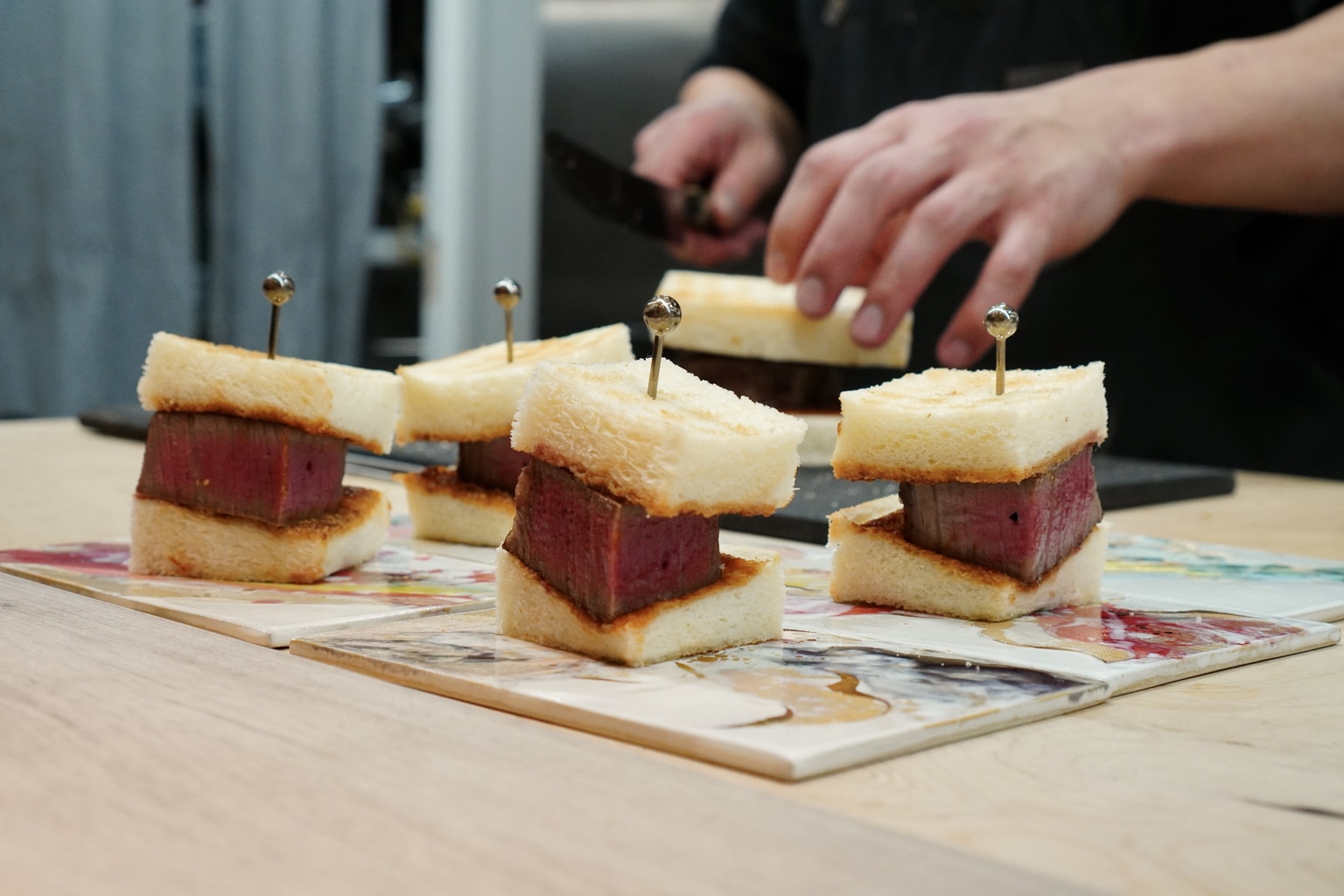
Your restaurant’s name is “Miyazaki Dining Innovation.” How do you provide an “innovative” experience for your customers?
To be frank, the food and beverage industry of Miyazaki is behind the times. Miyazaki has a ton of amazing ingredients that it should be proud of and showcase to the world, but most aren’t well-known.
I want to change the shape of Miyazaki’s food and beverage industry to create a new culinary culture for the region. By using local ingredients, I want to give people from all over the world a reason to visit Miyazaki through food. I also want to create a place like (the three-Michelin-star restaurant) Noma. That’s what I hoped for when I named it, but the revolution hasn’t started yet (laughs).
Why did you decide to use pottery by artist Mayumi Nakamura in your restaurant?
Ever since I saw Nakamura’s work, I kept thinking about how I wanted to use it to serve my food. So, I finally did. Nakamura originally made a lot of pieces for viewing only. But, having been to restaurants all over the world, I thought that many international chefs would take a liking to her work. I started off by making a course meal to suit her works.
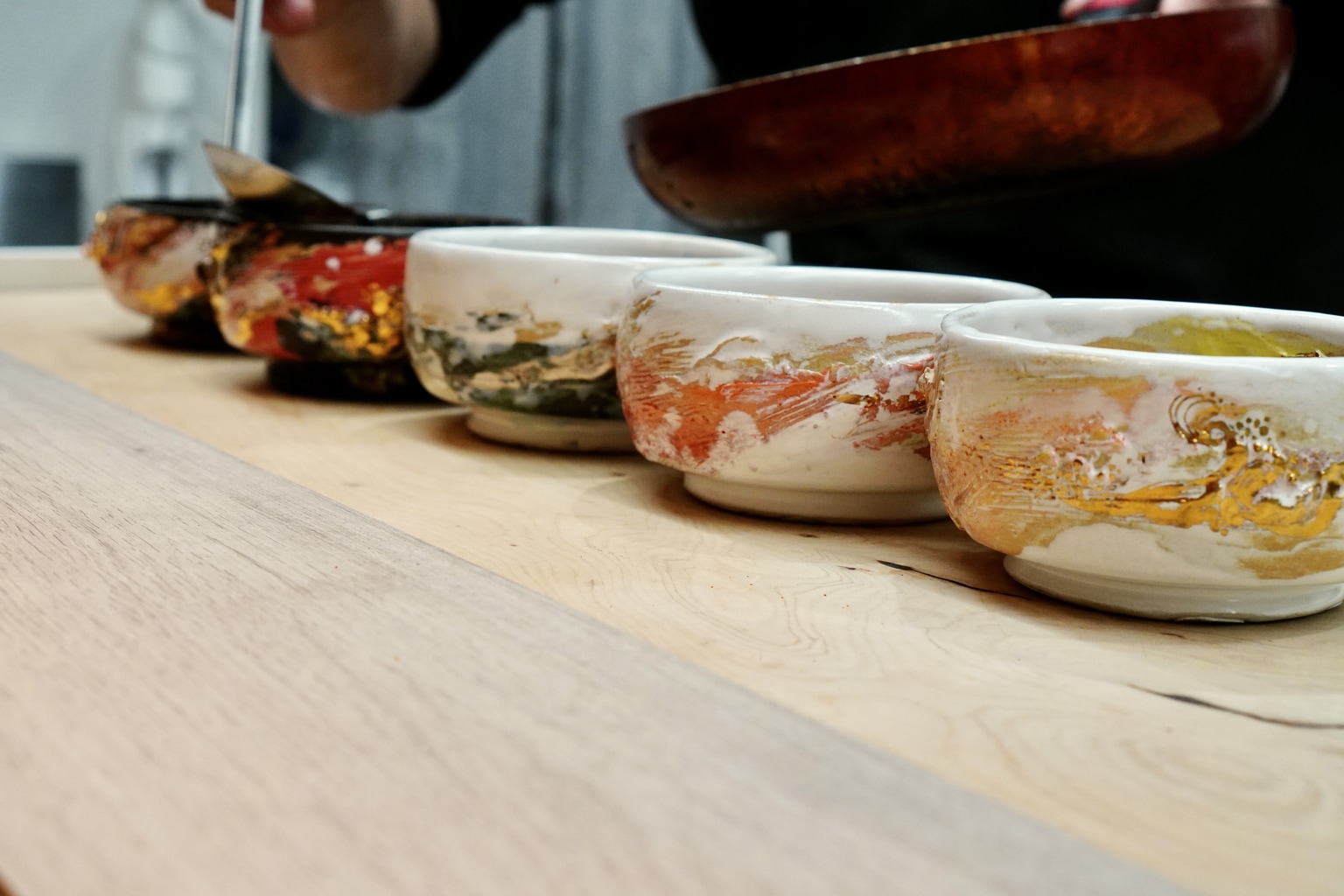
Mayumi Nakamura pottery
What do you want your customers to feel or understand when they visit your restaurant?
The food I cook isn’t flashy, as I believe that simple is best. I take great pains to achieve that simplicity, but I don’t want to convey or pass on the trouble to my customers.
I imagine my customers being surprised by how good the food tastes after their first impressions. Most people go to a restaurant to have a good time, so if there’s even a little surprise somewhere along the way, isn’t it more enjoyable? I want people to eat my food and enjoy themselves.
The restaurant’s homepage says “in the end, I chose to cook using a furnace.” Can you elaborate?
In Hong Kong, at cooking workshops with chefs from all over the world, we’d often ponder the best way to heat food. Many chefs used fancy machinery and made amazing molecular dishes and sous vide and the like. But when we went for a barbecue by the sea, all the chefs agreed “charcoal and firewood really are the best ways to cook food.”
Maybe it was the beach and good vibes talking, but it made me choose the great textures and aromas from cooking with charcoal and firewood instead of just regular pots and pans.
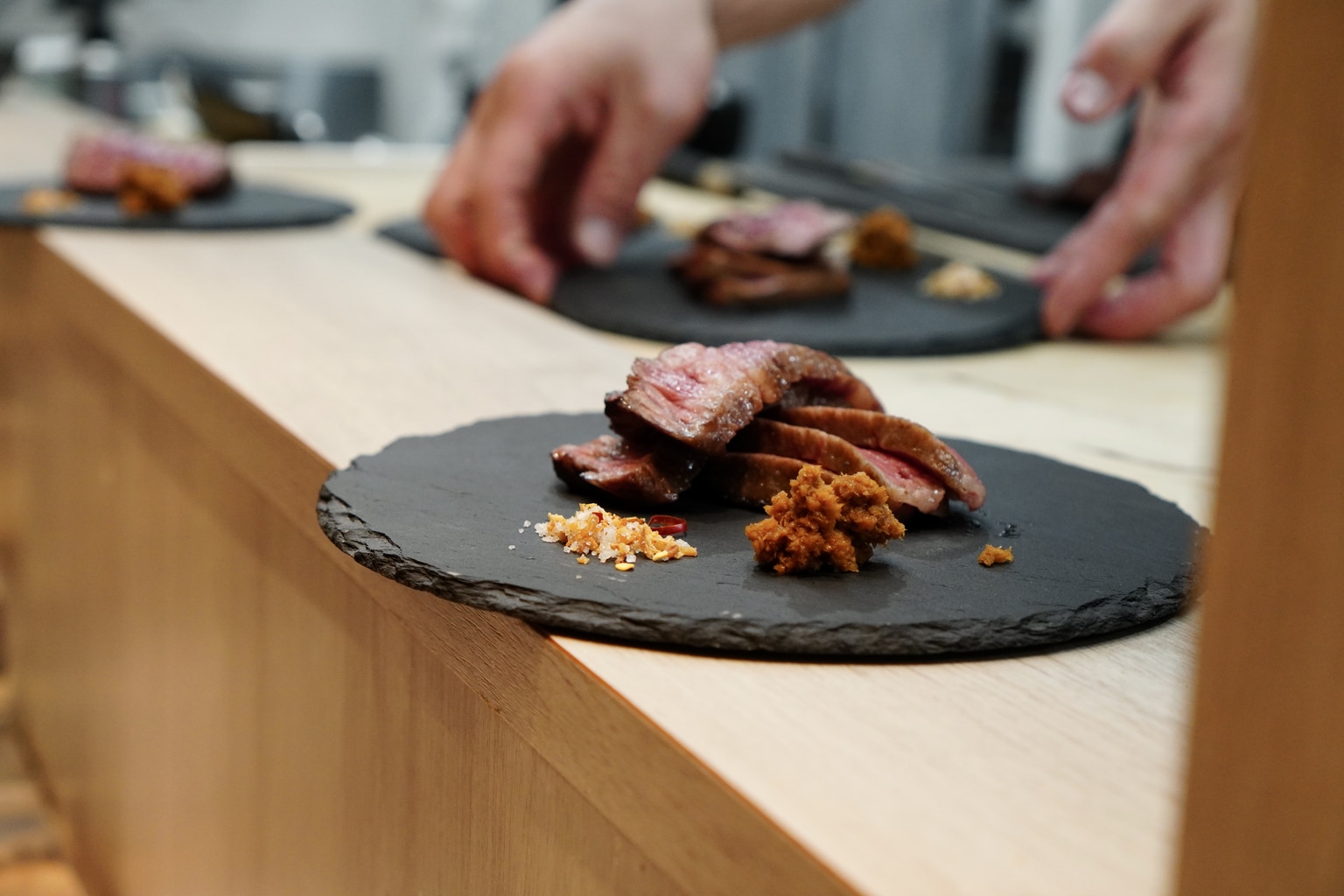
What has it been like running three restaurants under the same roof on different days? Is this something you plan to continue?
Honestly, I shouldn’t have done it (laughs). It’s just so difficult. I always want to cook new and different food, so doing three different things in the same restaurant is fun for me and the customers can eat something different every time they visit. But the customers don’t quite get the system. That’s why I’m going to stop doing it this way.
Nakao is transitioning from his three-restaurants-one-roof system, but there are plans for a new restaurant in the works, so keep an eye on his website for more information.

